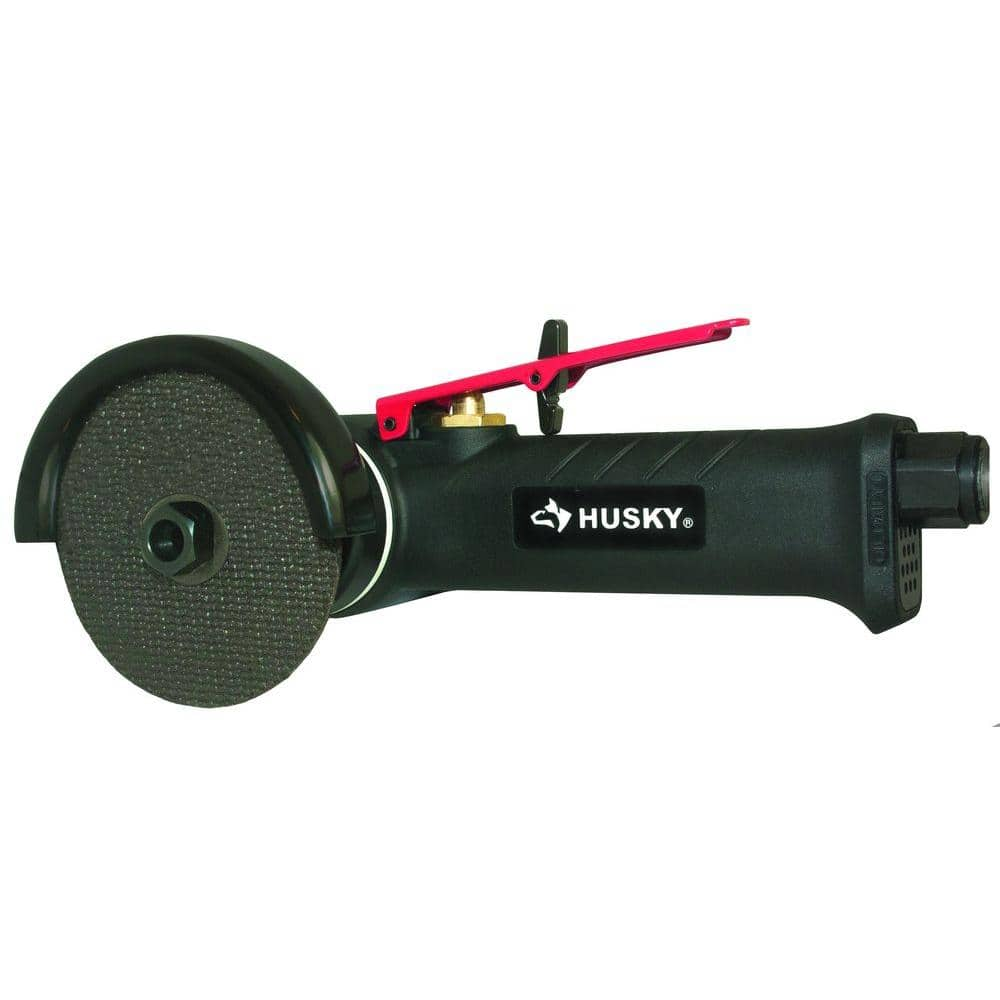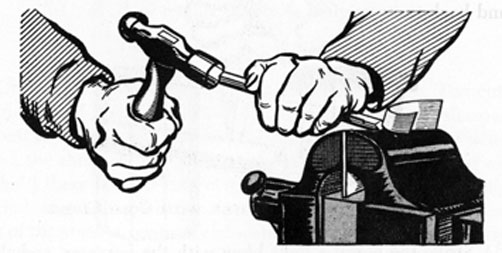A bandsaw is fine for .050 4130 sheet, given enough teeth and low blade speed. The chop saw is reserved for heavy tube and angle sections, or as Larry said, an edge that will be subsequently welded. Mostly I just use a hacksaw.
If you must use abrasive cutting tools (or a laser), remember it doesn't matter how hot you make the part. Given the section thickness we use in light airplane construction, what really matters is how rapidly you
cool the part. 4130 is an "air-hardening" steel. Cool it rapidly and it becomes very hard and rather brittle. How hard mostly depends on the cooling rate. Conduct an experiment; warm a piece of 4130 scrap to dull red, then cool it rapidly (dunk it in a water bucket, squirt it with an air hose, or just wave it around in the air). Now try to drill it, or file it.
When cutting a 4130 part with a abrasive tool, the cut edge is heated near red, then quenched by the mass of adjacent cool metal. As a result, the edge is hard and brittle, while the balance of the material remains ductile. We
want most of our airplane parts to be ductile, meaning they bend, stretch, and otherwise deform long before they actually break. The problem here is that a quenched edge is not ductile, and the edge is where cracks start. Think of it as a strong but brittle crust on a softer center.
So, good home shop practice says to use toothed cutting tools on 4130. Can't get hot, so it can't be quenched, so it remains ductile, and as a big bonus, easy to edge finish with hand tools.
If you must use a cutting method that heats the material, your goal is slow the cooling process. One way is to heat the whole part so it can't quench itself. Given something like a laser cut part, simply remove the quenched edge with the belt sander (you were going to edge finish anyway, right?). Do it while holding the part in your hand (rather than with a gripping tool), a sure way to make sure the part doesn't ever get very hot.
The same quench rules apply to welding. Cool slowly. It also applies to drilling. A novice will spin the drill fast, as he would (correctly) for aluminum. It will work on 4130 if the bit is fresh and sharp, but if it's dull, or not enough pressure is applied, friction makes the material under the tip of the bit get hot. Since the drill isn't cutting well, our novice stops drilling for a short break, or to change bits, and the hot material is immediately quenched. When he resumes, the new bit won't cut, because the bottom of the hole is hardened. It's all very amusing to the experienced, unless of course the novice happens to be using your drill bits








